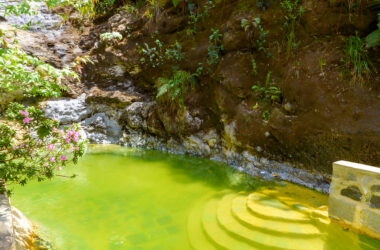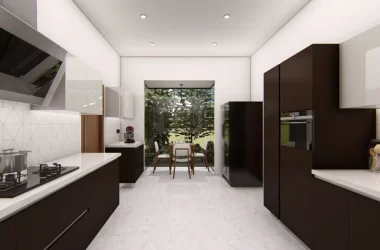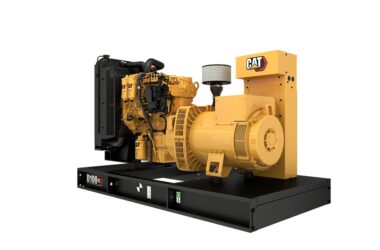In today’s environmentally conscious world, sustainability has become a top priority for businesses across industries. Hotels, in particular, have a significant opportunity to make a positive impact by incorporating energy-efficient lighting solutions into their designs. Not only does this help reduce environmental footprint, but it also offers substantial cost savings and enhances the overall guest experience.
In this article, we will explore persuasive strategies and expert tips on how hotels can seamlessly incorporate energy-efficient lighting into their designs, transforming their spaces into sustainable havens of comfort and elegance.
1. Embrace LED Lighting Technology:
One of the most effective ways to achieve energy efficiency in hotel lighting is by embracing LED (Light-Emitting Diode) technology. LED lights use significantly less energy compared to traditional incandescent or fluorescent bulbs, while providing the same level of brightness or even better. They are also highly durable, offering a longer lifespan and reducing the need for frequent replacements. By replacing outdated lighting fixtures with LED alternatives, hotels can significantly reduce energy consumption and lower maintenance costs.
2. Optimize Natural Lighting:
Maximizing the use of natural lighting is an essential strategy in energy-efficient hotel designs. Utilize architectural features such as skylights, large windows, and atriums to allow ample natural light to penetrate the spaces. This not only reduces the reliance on artificial lighting during the day but also creates a sense of openness and connection to the outdoors. Implementing smart shading systems that can adjust the amount of sunlight entering the space can further enhance energy efficiency and guest comfort.
3. Implement Motion Sensor Technology:
Motion sensor technology is a game-changer when it comes to energy-efficient lighting. By installing motion sensors in guest rooms, corridors, and common areas, lights can automatically turn on when someone enters the space and turn off when it’s unoccupied. This eliminates the need for guests to remember to switch off lights and ensures that energy is not wasted when rooms or areas are vacant. Motion sensors can be integrated with dimming controls to further optimize energy usage based on occupancy levels.
4. Utilize Task Lighting:
Task lighting is an effective strategy for providing focused illumination where it is needed most. By incorporating task lighting fixtures such as desk lamps or reading lights, hotels can offer guests the flexibility to illuminate specific areas without having to rely on overhead lighting. This targeted approach ensures that energy is only used where necessary, reducing unnecessary power consumption and creating a more personalized and comfortable guest experience.
5. Implement Lighting Controls and Automation:
Integrating advanced lighting control systems and automation technologies can significantly enhance energy efficiency in hotel designs. By using central control systems, hotel staff can easily monitor and adjust lighting levels throughout the property. Time scheduling and zone-based controls can be implemented to ensure lights are only activated when required, optimizing energy usage. Additionally, the integration of sensors, occupancy detectors, and daylight harvesting controls can further enhance the effectiveness of the lighting system.
6. Educate Guests on Energy Conservation:
Hotels can actively engage guests in energy conservation efforts by providing educational materials and promoting sustainable practices. Placing informative signage in guest rooms, encouraging the reuse of towels and linens, and promoting the use of energy-efficient lighting can all contribute to creating an environmentally conscious guest experience. By raising awareness and involving guests in sustainable initiatives, hotels can inspire positive behavior change and reinforce their commitment to environmental responsibility.
Conclusion:
Incorporating energy-efficient lighting solutions into hotel designs not only aligns with sustainability goals but also presents numerous benefits for hotels themselves. By embracing LED technology, optimizing natural lighting, implementing motion sensor technology, utilizing task lighting, and integrating lighting controls and automation, hotels can significantly reduce energy consumption and enhance the guest experience. As experts in the field, we strongly urge hoteliers to seize the opportunity to create sustainable havens of comfort and elegance, contributing to a brighter and greener future for the hospitality industry. Let us illuminate sustainability together, one energy-efficient light at a time.







